When a car falls from a height and sinks in water, the electrical window system may short-circuit, and the water pressure will make them impossible to open. Therefore, always keep your windows down when driving over bridges to create an escape route for yourself in case of an unfortunate event.
Many people believe that keeping the car windows shut will prevent water from getting inside, but that is not the case. The construction of a car is not entirely airtight as there are gaps in some areas, such as the air conditioning system or the pressure-balancing gap at the back of the car. So, when a car falls into the water, it can still fill up with water in just a few minutes, depending on the type of car, the water environment, and how the car falls into the water.
If a car’s doors and windows are all closed, the water pressure from the outside will make it impossible for those inside to open the doors to escape. Only when the car is completely submerged and the pressure inside and outside equalizes will the doors be able to open. However, if the car windows are open from the beginning, the chances of escaping are much higher.
It is also important to note that keeping the windows down is only applicable in dry weather conditions. In heavy rain or stormy conditions, it is still best to keep the windows shut. In such cases, if the car falls into the water, the driver should remember to open the windows immediately.
Although the chances of surviving a car falling from a height and sinking in water are not high, you can still increase your chances of survival by following these tips.
As soon as your car touches the water, every second counts. The first thing to do is to stay calm, which is easier said than done, but panicking will only make things worse and may cause you to make more mistakes. Time is of the essence.
Some studies have shown that, depending on how the car falls into the water, it may float for 30 seconds or longer before sinking. You can do a lot in 30 seconds if you remain calm.
Next, immediately unbuckle your seatbelt and help any children or elderly people in the car to do the same. Then, lower the windows as soon as possible, ideally before the water level reaches the windows, as this will make it easier for you to get out.
Speed is essential because, as the car sinks, the water pressure may prevent the windows from opening, even if the electrical window system is still working. Even with a manual crank, it can be challenging to open the windows underwater. Most power windows will continue to work for a while after the car is submerged,” said Corporal Geoffrey Fahringer of the Collier County Sheriff’s Office.
If you cannot open the car windows, try breaking the windows with an escape tool. A AAA study found that spring-loaded tools are best, as hammer-type tools may be challenging or impossible to swing underwater. Escape tools should be kept within easy reach, on a key ring or attached to the dashboard. Try to break the side windows. The windshield is thicker and will be more difficult to break. Escape tools may also struggle with laminated windows.
Remember that water will rush in very quickly once the windows are open, but you can still push through it to get out of the car.
If you cannot open or break the windows at all, remain calm. As a last resort, you can try moving everyone to the back of the car, as this will be the last part to fill with water due to the engine’s weight pulling the front down. Some experts say that when the car is full of water, the pressure will equalize and may allow you to open the doors and escape.
TT (Tuoitrethudo)
Reference: Jacksonville






























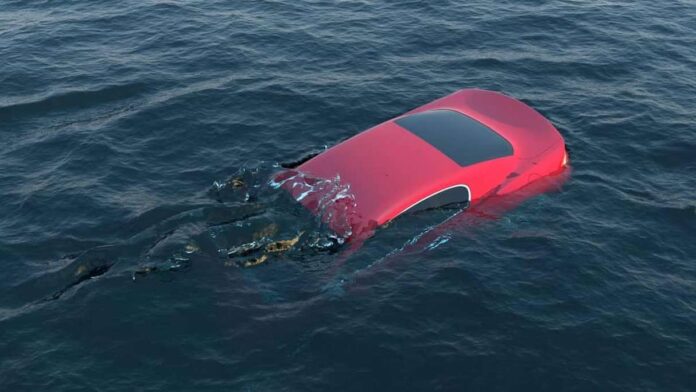
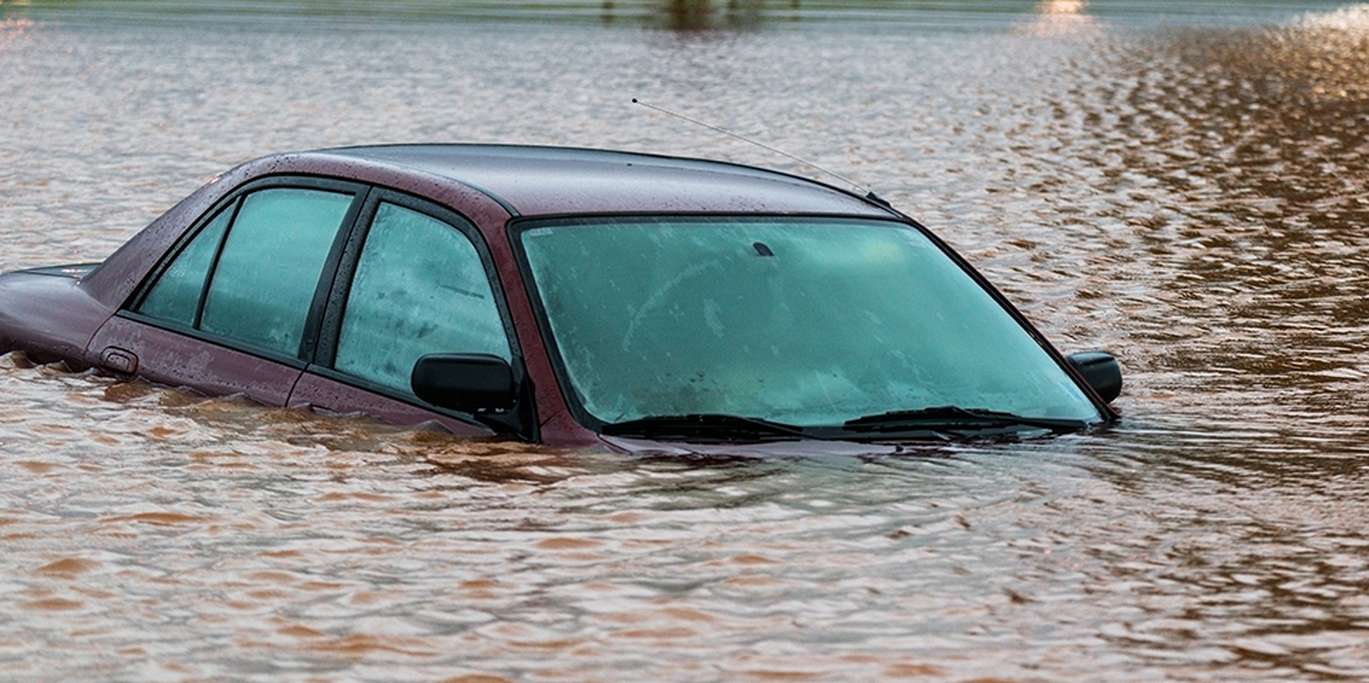
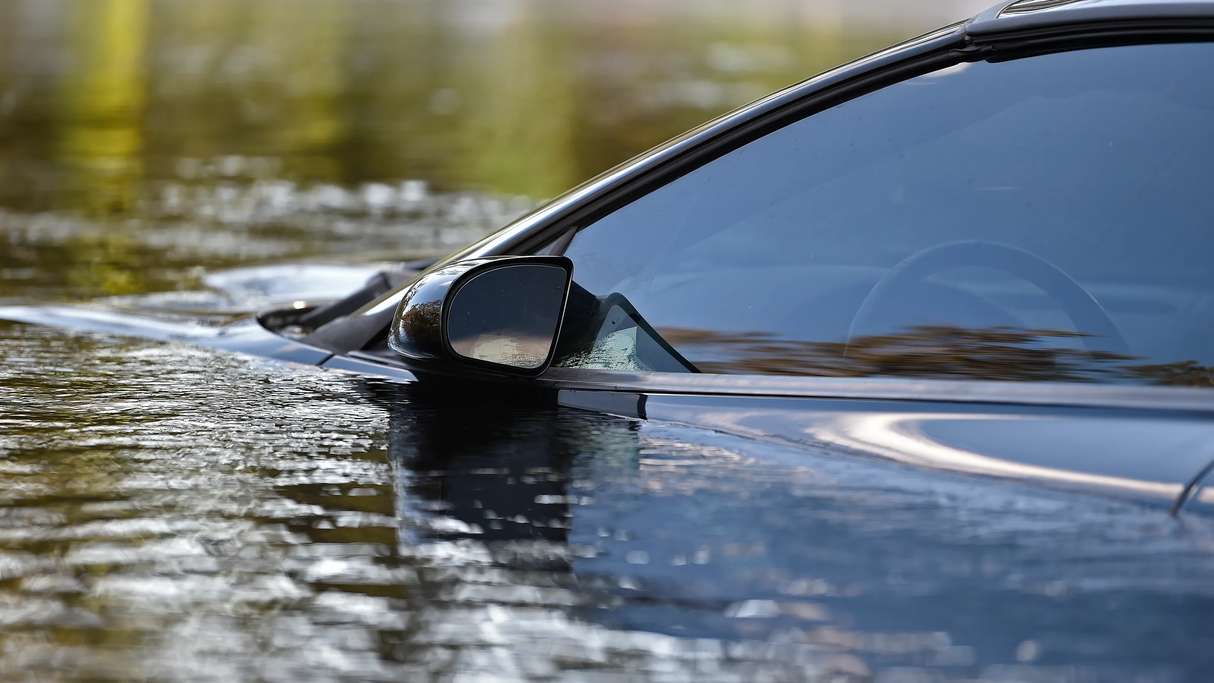
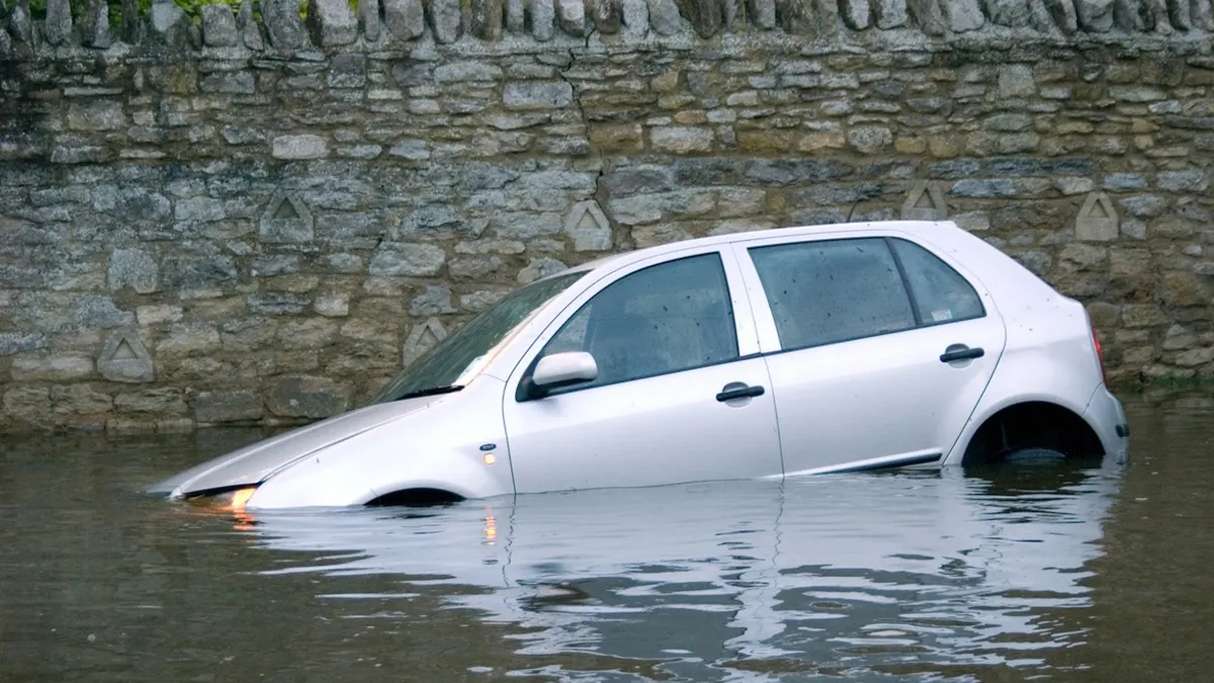
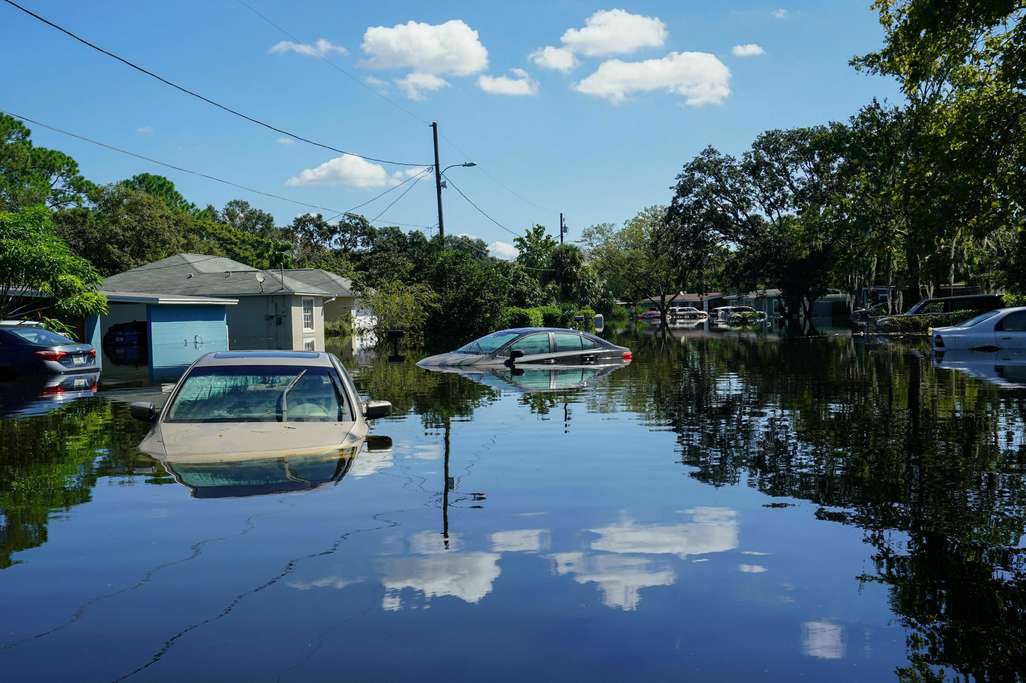
.jpg)












